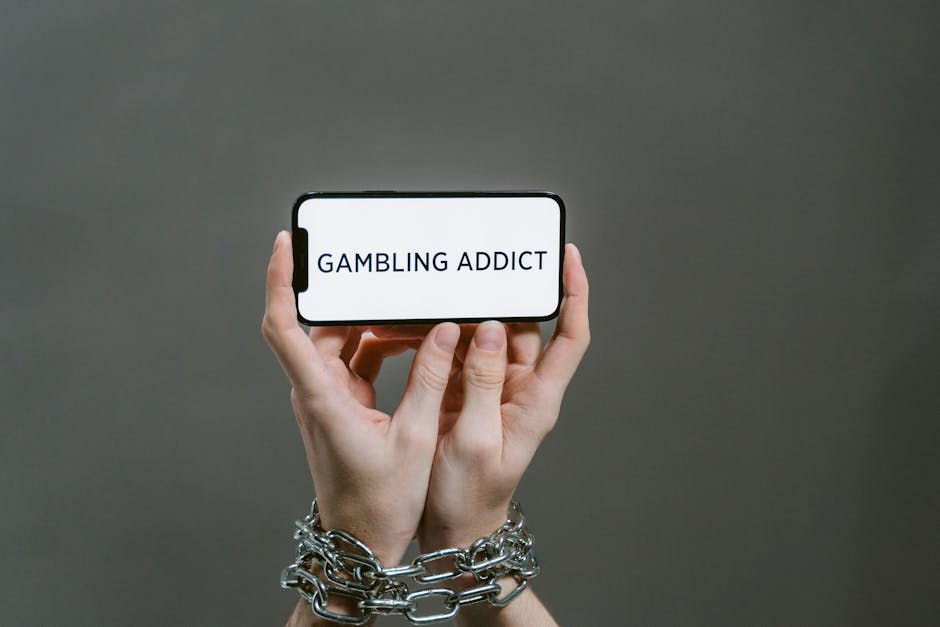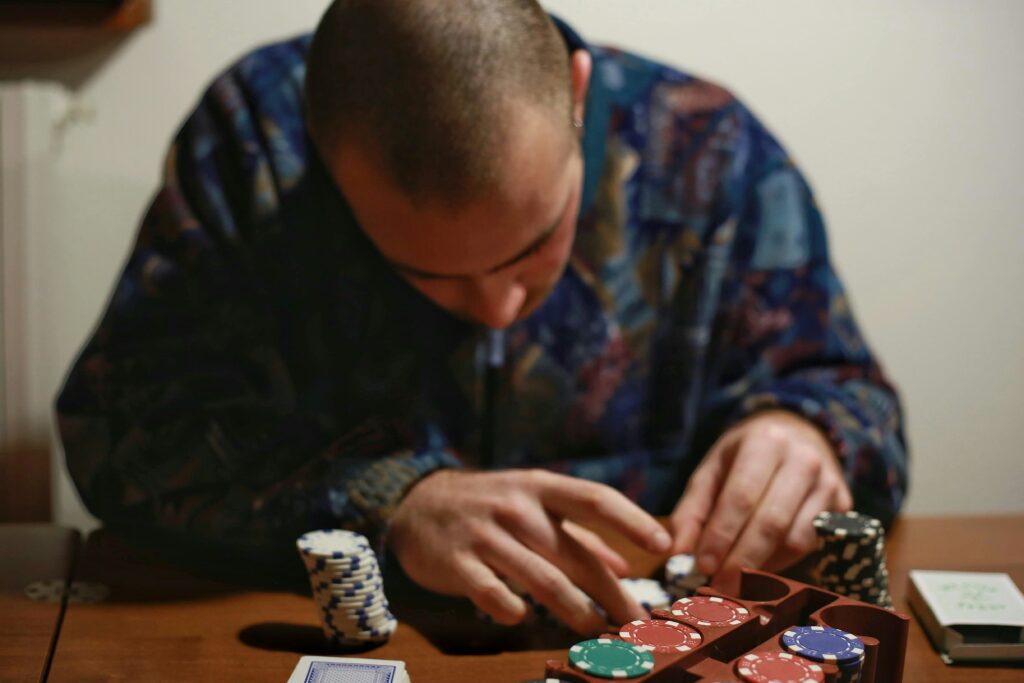Growing up in today’s digital age, adolescents face a myriad of challenges, with one prevalent issue being the rise of gambling addiction among this vulnerable population. As someone passionate about mental health and well-being, I’ve delved into the complexities of this concerning trend. In this article, I’ll explore the critical aspects of preventing and intervening in gambling addiction among adolescents.
Navigating the world of adolescent gambling addiction requires a multifaceted approach that addresses not only the symptoms but also delves into the underlying causes. Drawing from my expertise in behavioral psychology, I’ll shed light on effective strategies and interventions that can make a tangible difference in the lives of at-risk youth. Together, we can work towards creating a safer and healthier environment for the next generation.
Understanding Gambling Addiction in Adolescents
Gambling addiction in adolescents is a serious concern that requires a thorough understanding to implement effective prevention and intervention measures.
Signs and Symptoms of Adolescent Gambling Addiction
Recognizing the signs and symptoms of adolescent gambling addiction is crucial in addressing this issue proactively. Some common indicators include:
- Increased secrecy about gambling activities
- Irritability and restlessness when not gambling
- Lying about gambling behavior
- Using money or valuables to gamble
- Neglecting responsibilities and activities due to gambling
Factors Contributing to Gambling Addiction in Adolescents
Several factors can contribute to the development of gambling addiction in adolescents:
- Biological Factors: Genetic predispositions or brain chemistry imbalances.
- Environmental Influences: Exposure to gambling at a young age or peer pressure.
- Psychological Factors: Risk-taking tendencies or coping mechanisms for stress.
- Social Factors: Family history of gambling or societal acceptance of gambling behaviors.
Understanding these contributing factors is essential in devising tailored prevention and intervention strategies for adolescents struggling with gambling addiction.
Prevention Strategies for Gambling Addiction
Gambling addiction in adolescents is a significant concern that requires proactive prevention strategies to address it effectively. By targeting various aspects of a young person’s life, we can implement measures to mitigate the risk factors associated with developing a gambling addiction.
Role of Family in Preventing Adolescent Gambling Addiction
As a vital support system, families play a crucial role in preventing adolescent gambling addiction. By fostering open communication, establishing healthy boundaries, and monitoring online activities, parents can create an environment that reduces the likelihood of their children engaging in compulsive gambling behaviors. Additionally, parents can educate their children about the risks associated with gambling and the potential consequences of addictive behavior, instilling responsible decision-making skills early on.
Educational Programs and Awareness Campaigns
Educational programs and awareness campaigns are instrumental in preventing adolescent gambling addiction by providing young individuals with knowledge about the dangers of compulsive gambling. Schools, community organizations, and healthcare providers can collaborate to offer educational initiatives that equip adolescents with the information and resources they need to make informed choices regarding gambling activities. By raising awareness about the potential risks and consequences of gambling addiction, these programs empower young people to recognize problem behaviors and seek help when needed.
Intervention Techniques for Adolescent Gambling Addiction
In addressing adolescent gambling addiction, it’s crucial to consider effective intervention techniques that can help them overcome this harmful behavior. By implementing suitable strategies, we can support adolescents in managing and recovering from gambling addiction. Here are some key intervention methods:
Counseling and Therapy Options
When dealing with adolescent gambling addiction, counseling and therapy play a pivotal role in providing emotional support and coping strategies. Therapists or counselors can help adolescents explore the root causes of their addiction, identify triggers, and develop healthier coping mechanisms. Cognitive-behavioral therapy (CBT) is often utilized to challenge and modify unhealthy thought patterns associated with gambling and enhance decision-making skills.
Support Groups and Community Resources

Engaging in support groups tailored for adolescent gambling addiction can offer a sense of belonging and understanding. These groups provide a safe space for adolescents to share their experiences, learn from others facing similar challenges, and receive valuable guidance from peers and facilitators. Community resources such as helplines, online forums, and local support services can also be valuable sources of assistance and encouragement for adolescents seeking help for their gambling issues.
Evaluating the Impact of Interventions
Interventions play a vital role in addressing adolescent gambling addiction. Let’s delve into assessing the effectiveness of various intervention methods and explore the long-term outcomes for treated adolescents.
Success Rates of Different Intervention Methods
-
Counseling:
- Individual counseling sessions:
- Success rate of up to 70% in reducing gambling behaviors in adolescents.
- Group counseling:
- Focuses on peer support and shared experiences.
- Demonstrated effectiveness in promoting recovery.
- Individual counseling sessions:
-
Therapy:
- Cognitive-behavioral therapy (CBT):
- Particularly successful, with around 60-70% of adolescents showing significant improvement in managing their addiction.
- Family therapy:
- Proven effective in addressing underlying familial issues contributing to gambling addiction.
- Cognitive-behavioral therapy (CBT):
-
Support Groups:
- Tailored for adolescent gambling addiction:
- Positive outcomes for over 80% of teenagers seeking help.
- Peer support and sense of belonging enhance the recovery process significantly.
- Tailored for adolescent gambling addiction:
-
Improved Mental Health:
- Effective interventions:
- Improved mental well-being, with reduced anxiety and depression levels post-treatment.
- Enhanced coping mechanisms acquired during interventions contribute to better emotional regulation in the long term.
- Effective interventions:
-
Reduced Relapse Rates:
- Comprehensive treatment:
- Lower relapse rates compared to those who do not undergo structured interventions.
- Continued engagement with support systems and follow-up care plays a crucial role in sustaining recovery and preventing relapses.
- Comprehensive treatment:
By evaluating the impact of interventions and understanding long-term outcomes for treated adolescents, we can further refine our approaches to combating adolescent gambling addiction effectively.




